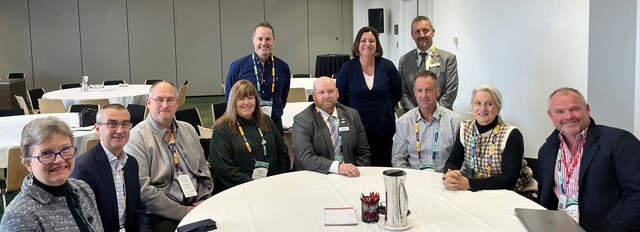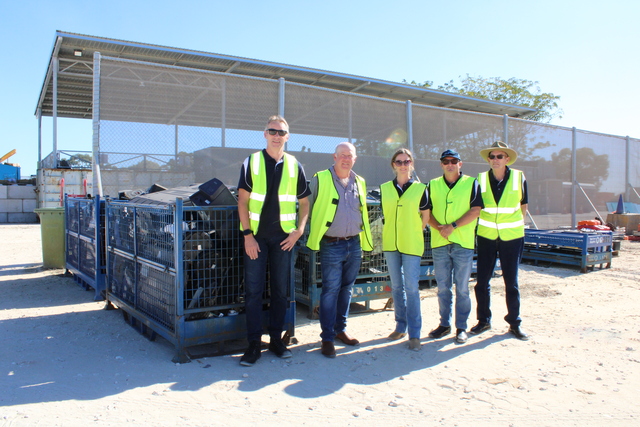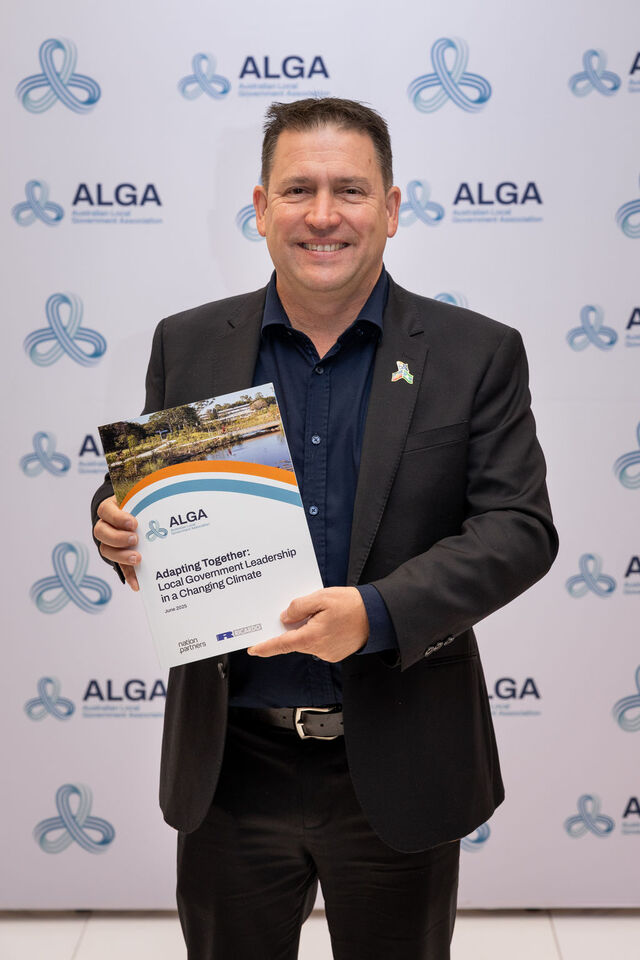Since commencing publication in 1985, FOCUS has promoted best practice examples developed by Councils, large or small, urban or rural, as they endeavour to provide the best possible services for their community, at the same time making optimum use of available resources. Not only are communities looking to Local Government to deliver a range of services vital to their quality of life, they are also wanting Councils to demonstrate leadership and advocacy on their behalf.
Councils are ideally placed to draw stakeholders together to address various community matters, including economic developmentå, environmental management and social issues.
People do not expect Local Government to tackle these challenges on its own, but rather be a facilitator for things to happen, working with all stakeholders and the other spheres of government to make the most of new opportunities and develop new initiatives.å
During 1998, the City of Brisbane, through a consultation process titled ‘Your City Your Say’, received a clear message from its community. People saw illicit drug use as a major problem in the City, and they believed Council should play an important role in doing something about it.
In response, Lord Mayor Jim Soorley set up a taskforce comprising a broad cross section of the community, including academics, business people, media, user groups, State Government and Council representatives, experts and practitioners. This resulted in the release last year of Brisbane’s Illicit Drug Taskforce Report, containing the Brisbane Drug Action Plan.
It stated, with the illicit drug problem escalating across Australia, current policies and practices need to change to address this issue and find real solutions. Concluding that the current emphasis on law enforcement is both ineffective and costly in economic, social and personal terms, it called for new and innovative approaches that focus on prevention, harm minimisation and user rehabilitation.
A key component of the Brisbane Drug Action Plan is community awareness. Under this part of the strategy, the aim is to inform people about illicit drug issues, including breaking down the stereotypes and misconceptions.
With the Victorian Government indicating it would legislate to allow the trial of new approaches, including supervised, safe injecting rooms, a number of metropolitan Councils began working with their communities to be ready, should the State Opposition agree to the Government’s proposal
Most people now accept that we have a major illicit drug problem, not only in our cities but also in our regional areas.
With deaths and overdoses, drug related crime and associated health risks, particularly the proliferation of unsafe needle disposal, it is also clear current policies are not working.
However, it is in regard to testing alternatives, such as safe injecting facilities, that ‘not in my backyard’ often comes into play.
Councils need to show leadership and be particularly adept in working through this situation. They face a difficult task in gaining community consensus. In addition to the stereotyping and misconceptions, there is also suspicion surrounding the trialing of anything new.
‘Sending the wrong message’ is commonly raised, but with the drug problem escalating at an alarming rate, as a community, how long can we afford to persevere with the current, unsuccessful approaches.
Fears of increased illicit drug related activities in the local area demand that Councils work closely with the community to reach a consensus on where best to locate such facilities.
Care must also be taken in selecting an appropriate format for community consultation to occur. Public meetings run the risk of being hijacked by a vocal few. This can colour the debate and neglect the silent majority.
People need to be encouraged to look past their own self interest, to a wider, whole of community approach. It is vital that Councils work to develop a total strategy with their community that includes, education, harm minimisation, support for users, health and public amenity issues, safety and policing matters.
This is not an easy task as some Councils have already encountered. But as the sphere of government closest to the community, it is Local Government that is at the coal face, ideally placed to demonstrate its leadership capabilities in tackling this major social issue.
Although the other spheres of government play a vital role in policy decision making, it is Local Government that can assist communities to come to grips with this issue, sending a clear message to legislators that they are ready and willing to test alternatives to find effective solutions.







